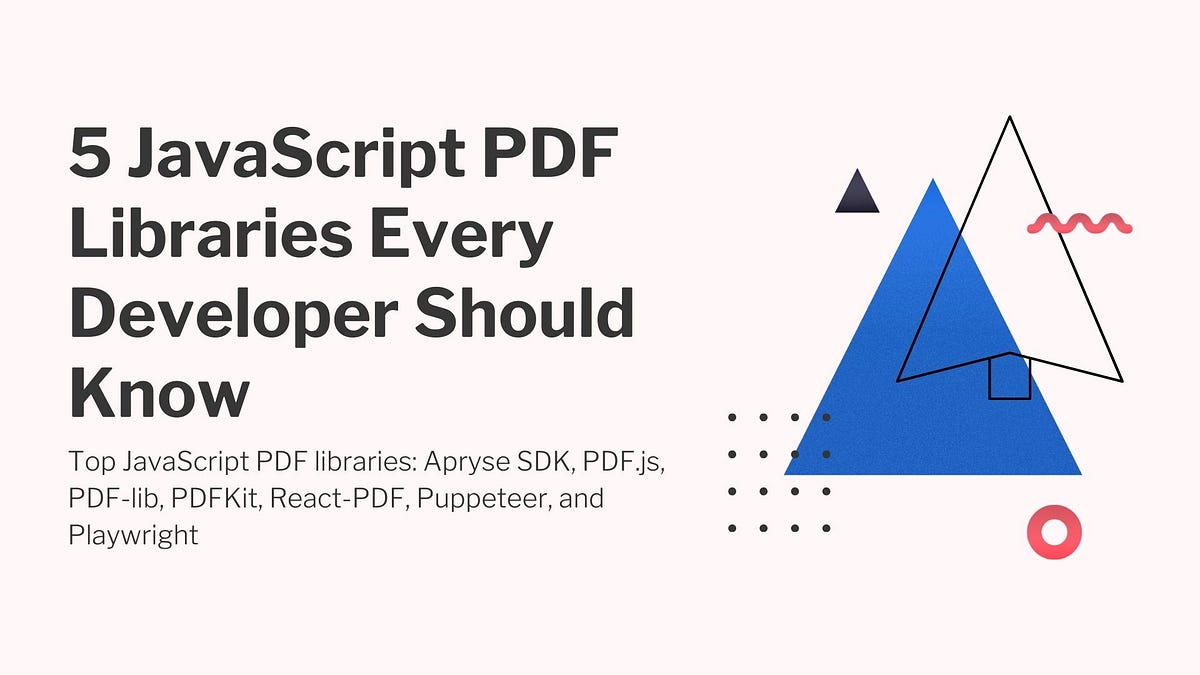Photo by Scott Graham on Unsplash
1. Explain what is a callback function, with an example.
Answer: A function that is passed as an argument to another function is called as callback function. This callback function will be executed after some operation has been completed.
Code:
2. Reverse each word of a given string.
Example:
Given string: Welcome to Hello World
Should become: emocleW ot olleH dlroW
Code:
3. Write some code to check if an object is an array or not.
Answer:
Array.isArray(object) tells if an object is an array or not. Array.isArray is supported by Chrome 5, Firefox 4.0, IE 9, Opera 10.5 and Safari 5
Code:
How to Get Started with MongoDB Atlas?
4. How to empty an array in JavaScript?
Given Array --> arrayList = ['a', 'b', 'c', 'd', 'e', 'f'];
Answer-1:
arrayList = [];
The above approach is good when we have not referenced this array to another variable.
Problem in Answer-1:
Answer-2:
arrayList.length = 0;
The above code will clear the existing array by setting its length to 0. This way of emptying the array also updates all the reference variable which point to the original array. This way of emptying the array is useful when you want to update all the other reference variables pointing to arrayList.
Answer-3:
arrayList.splice(0, arrayList.length);
This way of emptying an array will also work the same as Answer-2, this will also empty all references.
Answer-4:
while (arrayList.length) {
arrayList.pop();
}
This way of emptying an array will also work the same as Answer-2, this will also empty all references. But this approach is not recommended as it runs in a loop.
5. How would you check if a number is an integer?
A very simple way to check if a number is a decimal or integer is to see if there is a remainder left when we divide by 1.
6. Solve this Problem:
duplicate([1, 2, 3, 4, 5]); // Output: [1,2,3,4,5,1,2,3,4,5]
Code:
To create a function named duplicate() which should take an array as an argument and returns a duplicate array.
7. Write a 'mul' function which should invoke as below syntax.
console.log(mul(2)(3)(4)); // output : 24console.log(mul(4)(3)(4)); // output : 48
Code:
function mul(x) {
return function (y) {
// anonymous function
return function (z) {
// anonymous function
return x * y * z;
};
};
}
console.log(mul(2)(3)(4)); // output : 24console.log(mul(4)(3)(4)); // output : 48
Here, the mul function accepts the first argument and returns an anonymous function, which takes the second parameter, and returns an anonymous function, which takes the third parameter and returns the multiplication of three arguments which is being passed in successive order.
8. What is closure in JavaScript? Write an example code.
Answer: A closure is a function defined inside another function. A closure function is an inner function and a parent function is an outer function. Also, a closure function has access to the variables which are defined in the parent function scope, since the closure function is inside the parent function.
The closure function has access to variables in three scopes:
- Variable declared in its own scope
- Variable declared in parent function scope
- Variable declared in the global namespace
Explanation: innerFunction is closure function which is defined inside outerFunction and has access to all variables which is declared and defined in the outerFunction scope. Also, the closure function has access to the variables which are declared in the global namespace.
The output of above code will be:
"outerArg = 4outerFuncVar = xinnerArg = 3innerFuncVar = yglobalVar = abc";
9. Solve this Problem:
var addSeven = createBase(7);
addSeven(10); // output : 17addSeven(21); // output : 28
Code:
You can create a closure to keep the value passed to the function createBase even after the inner function is returned. The inner function that is being returned is created within an outer function, making it a closure, and it has access to the variables within the outer function, in this case, the variable is baseNumber.
function createBase(baseNumber) {
return function (N) {
// we are referencing baseNumber here even though it was declared
// outside of this function. Closures allow us to do this in JavaScript
return baseNumber + N;
};
}
var addSix = createBase(7);
console.log(addSix(10)); // output : 17console.log(addSix(21)); // output : 28
10. FizzBuzz Challenge
Write a for-loop that iterates up to 100 while outputting "fizz" at multiples of 3, "buzz" at multiples of 5 and "fizzbuzz" at multiples of 3 and 5.
Code:
11. Given two strings, return true if they are anagrams of one another.
For example: Mary is an anagram of Army
Read Full Answer: https://codechintan.com/javascript-coding-questions-for-interview
12. Use a closure to create a private counter.
Answer: A closure --- is when we create a function within an outer function.
A closure allows us to update a private variable but the variable shouldn't be accessible from outside the function without the use of a helper function.
Read Full Answer: https://codechintan.com/javascript-coding-questions-for-interview
13. List of false values and true values, which are coercion to a Boolean.
Answer:
List of 'false' values:
""(empty string)0,-0,NaN(invalid number)null,undefinedfalse
List of 'true' values:
"hello world"42true[ ],[ 1, "2", 3 ](arrays){ },{ a: 42 }(objects)function foo() { .. }(functions)
14. Solve this Problem:
Code:
(function () {
var a = (b = 5);
})();
console.log(b);
Read Full Answer: https://codechintan.com/javascript-coding-questions-for-interview
15. Solve this Problem:
multiply(5)(6);
Read Full Answer: https://codechintan.com/javascript-coding-questions-for-interview
16. Write code to explain the 'this' keyword?
Read Full Answer: https://codechintan.com/javascript-coding-questions-for-interview
17. How to create a private variable in JavaScript?
Read Full Answer: https://codechintan.com/javascript-coding-questions-for-interview
18. Explain the output of the following code:
var output = (function (x) {
delete x;
return x;
})(0);
console.log(output);
Read Full Answer: https://codechintan.com/javascript-coding-questions-for-interview
19. Explain the output of the following code:
var Employee = { company: "abc" };
var emp1 = Object.create(Employee);
delete emp1.companyconsole.log(emp1.company);
Read Full Answer: https://codechintan.com/javascript-coding-questions-for-interview
20. Why (0.1 + 0.2 === 0.3) is not equal to True?
0.1 + 0.2 === 0.3;
Answer: This will surprisingly output false because of floating point errors in internally representing certain numbers. 0.1 + 0.2 does not nicely come out to 0.3 but instead, the result is actually 0.30000000000000004 because the computer cannot internally represent the correct number. One solution to get around this problem is to round the results when doing arithmetic with decimal numbers.
// this is what not expecting!
x = 0.1 + 0.20.30000000000000004
// this will solve our problem
Math.round(x * 100) / 1000.3;
21. When to use the bind function?
Answer: The bind() method creates a new function that has its this keyword which is set to the provided value we provide to the new function.
A good use of the bind function is when you have a particular function that you want to call with a specific this value. You can then use bind to pass a specific object to a function that uses a this reference.
Example Code:


